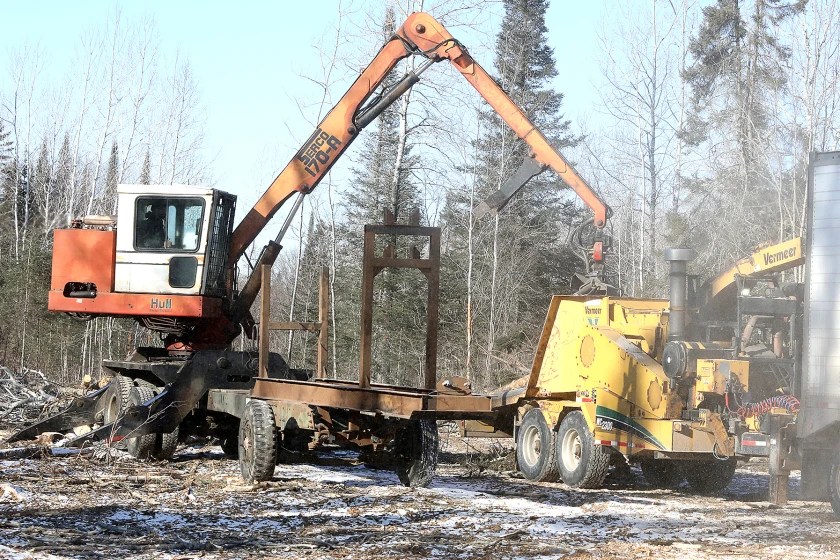DULUTH — The Trump administration said Monday it wants to reopen logging on about 59 million acres of national forest land throughout the country, including 62,000 acres of the Superior National Forest, much of it adjacent to the Boundary Waters Canoe Area Wilderness.
U.S. Secretary of Agriculture Brooke Rollins said the so-called “roadless rule,” which prohibits timber harvesting and the construction of roads to access timber stands, was burdensome.
“Once again, President Trump is removing absurd obstacles to common sense management of our natural resources by rescinding the overly restrictive roadless rule,” Rollins said in a news release.
The roadless rule was established in 2001 during the final days of the Clinton administration and covers just 2.2% of all national forest land in Minnesota. The Chippewa National Forest does not have any land covered by the rule.
Out west, the rule covers far more land — about 30% of the 190-acre national forest system.
The roadless rule is not the same as official federal wilderness, and, despite its name, the areas may have roads that predate the 2001 rule. Instead, it prohibits new roads and logging but allows motorized recreation, such as snowmobiles and ATVs. It also allows mining.
Rollins said reversing the rule “opens a new era of consistency and sustainability for our nation’s forests.”
“It is abundantly clear that properly managing our forests preserves them from devastating fires and allows future generations of Americans to enjoy and reap the benefits of this great land,” Rollins said.
But Randi Spivak, public lands policy director at the Center for Biological Diversity, said the roadless rule already included flexibility that allowed for wildfire mitigation in those areas, like the removal of small-diameter trees, as long as new roads weren’t built.
“It’s a handout to the timber industry,” Spivak told the News Tribune. “(Trump) has no regard for ecology, natural areas, or the fact that they may be critically important to our water supplies, and recreation, and even sustainable communities. No, he just sees our national forests and other public lands as places to exploit so industry can turn a profit — there’s no mystery there.”
Ray Higgins, executive vice president of Minnesota Timber Producers, said that while more wood on the market is good for the industry, “it’s not going to make a ton of difference.”
“There’s a reason these are roadless areas. … They’re hard to access. They’re not close to any forest products mill like a paper mill or a big sawmill,” Higgins told the News Tribune.
“So it’s not like we’ve been knocking on the door trying to get the timber,” Higgins said, “because it is hard to access.”
But, he said, it could “give the Forest Service another tool in the toolbox” to take wildfire mitigation steps, like removing balsam fir left dead or dying by the spruce budworm outbreak, which contributed to last month’s wildfires near Brimson.
Spivak, however, said additional roads in these areas could lead to more fires since people start most wildfires.
A timeline on when the rule could be reversed was not provided by the USDA. A potentially lengthy process must play out first.
Spivak said if the Trump administration wants to reverse the rule, it will have to justify its actions and have the change go up for public comment.
“They’re going to have a very, very steep hill to climb to overturn the roadless rule,” Spivak said. “It’s incredibly popular, justified by science, held up in the court numerous times.”
The George W. Bush administration attempted to reverse the rule, only to have a federal judge restore it in 2006.
Later, in 2012, the U.S. Supreme Court did not consider an appeal challenging the rule, which kept it in place.
Related Articles
Minnesota hospitals report slight uptick in ‘adverse health events’
Walz visits Bemidji, surveys damage from hurricane-strength windstorm
Motorist charged with hitting maintenance scissor lift inside North Shore highway tunnel
Thousands still without power, cleanup continues after severe storms in northern Minnesota
Dangerous heat lingers, with highest temps moving from Midwest to East


Leave a Reply